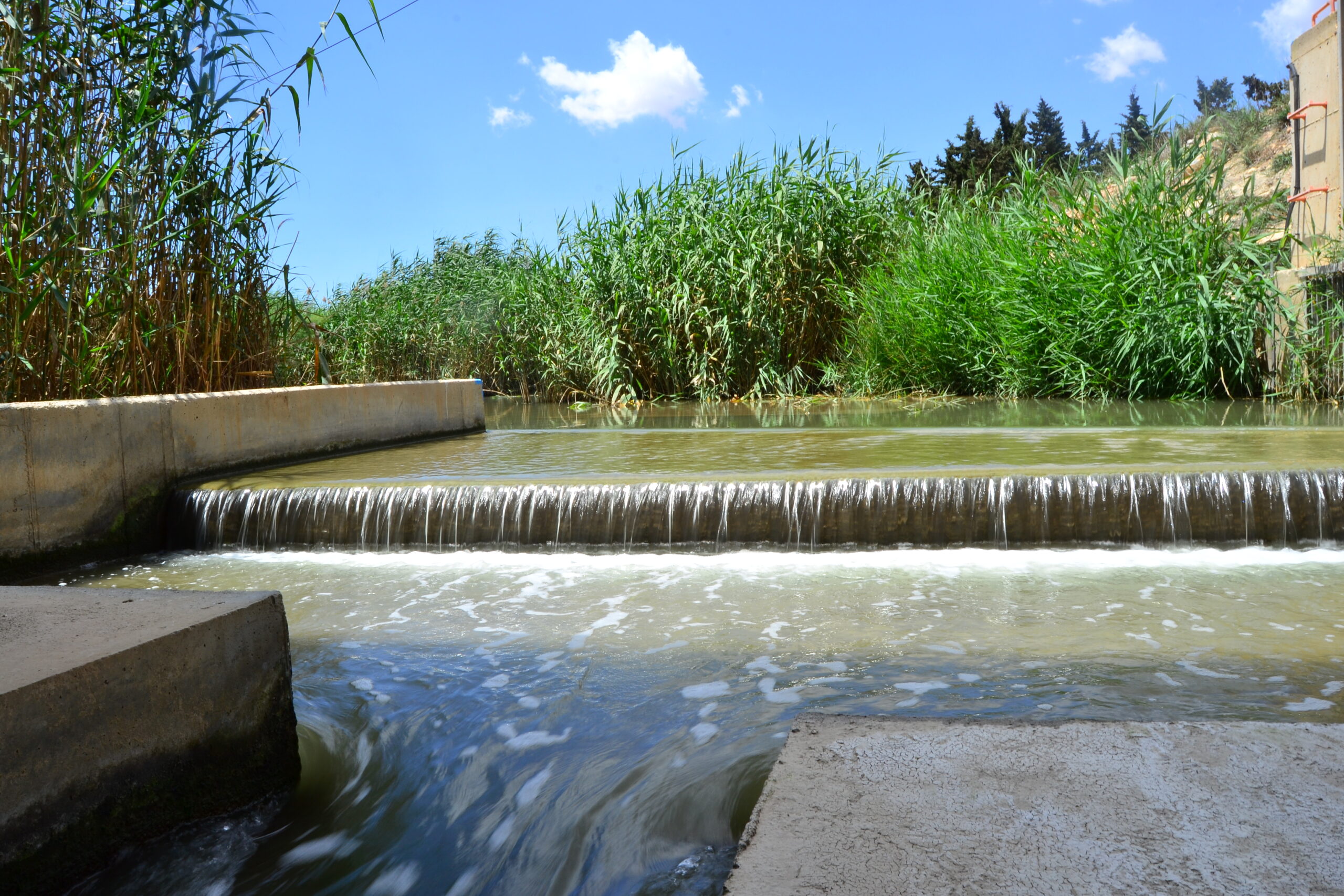During the CLEPSYDRA project, 4 demo sites will test the new aquifer monitoring solutions developed during the project. Campo de Cartegena in Spain is one of them. Let’s see what the specificity of this aquifer is !
Located in the south-east of Spain, Campo de Cartagena is based in Murcia region which is a semi-arid area around the Mediterranean Sea. This region is an example of how agriculture, by an intensive use of groundwater, can change aquifer hydrological behavior.
Murcia region is composed of several desertic zones. Since Roman era, irrigation management was a big force in this area which have an important deficit of rainfall. In the end of the 1970s, a canal was created to transfer water from the Tagus to the Segura basin. Agriculture in Murcia become more and more important, so much that the region is named the “European vegetable garden” with its 2.5 million tons of fruits and vegetables produced with three quarters dedicated to export.
The Campo de Cartagena aquifer is formed with different levels one above the other. These layers were formed in successive geological periods. We call it a multi-layered aquifer.
The lower layers have been overexploiting for irrigation use, which implies a problem of water quantity. At the opposite, the intensive irrigation contributes to recharge the upper part of campo de Cartagena aquifer. In this surface aquifer, the main issue is the water quality. Indeed, the fertilizer used during the irrigation comes into the aquifer and produce pollution. Moreover, the connection between this upper aquifer and the Menor Mar has big repercussions such as algae proliferation in the Menor Mar in 2016.
Moreover, boreholes create an artificial link between the different aquifers, and it is likely that contaminants of agricultural origin (nitrates, pesticides) may be transferred from the upper aquifer to the deeper one.
In this case, the challenge is to find the most suitable processes for monitoring to meet needs and optimize water quality as far as possible.

Campo de Cartegena upper aquifer connected to the Mar Menor | Spain


